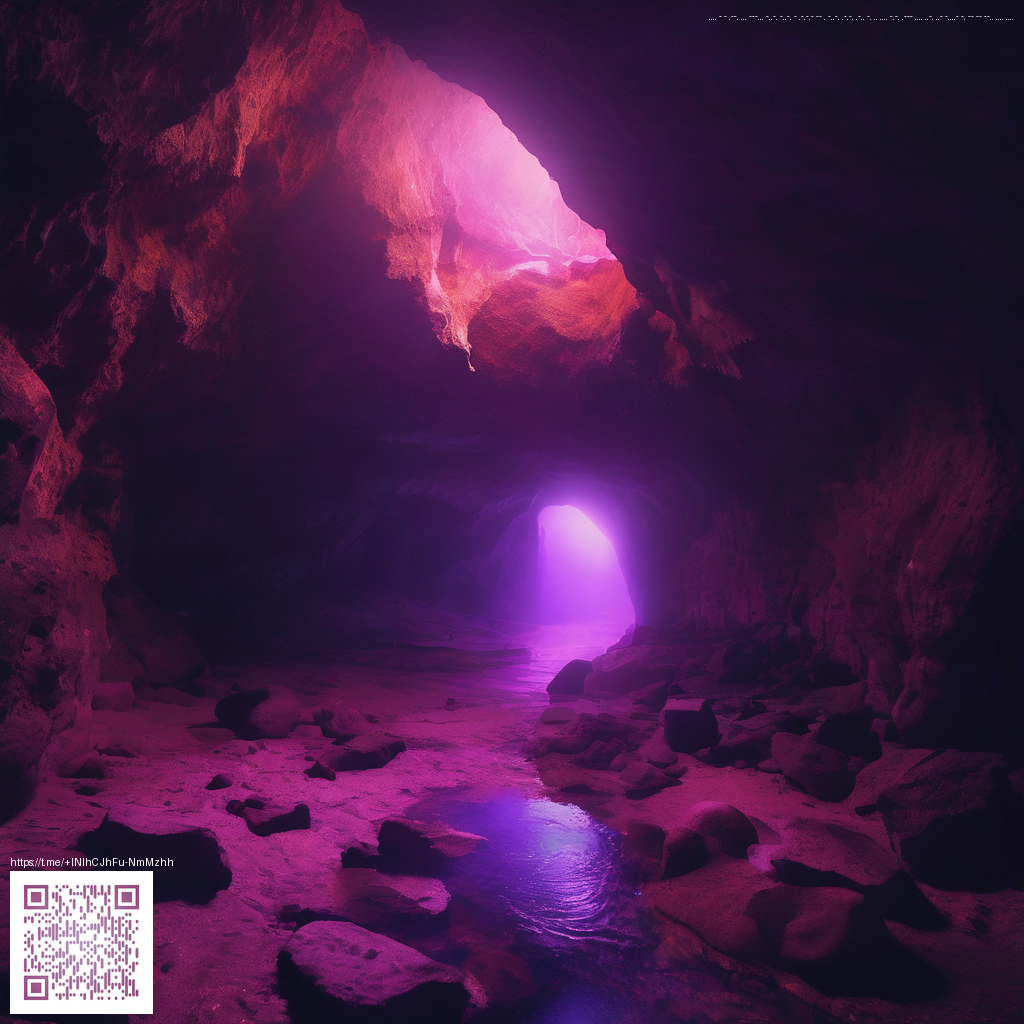
Understanding Data-Driven Texture Mapping for Design
Texture is more than a surface treatment; it’s a language that communicates materiality, depth, and mood. Data-driven texture mapping takes this language to the next level by tying visual texture to measurable input—whether it’s lighting conditions, user interactions, or product usage history. Designers who embrace this approach can create interfaces, product renderings, and physical prototypes that feel alive and responsive, rather than static and generic.
In practice, data-driven texture mapping involves collecting meaningful signals, translating those signals into texture variations, and applying them consistently across media. The result is a design system where surfaces respond to context in subtle, deliberate ways—simulating wear, weathering, or organic growth without resorting to heavy hand-tuning. This approach blends artistry with data science, giving designers a robust toolkit for storytelling through texture.
Texture should tell a story, not just decorate. When texture responds to data, the story becomes personal and perceptible in every pixel and curve.
A Practical Workflow You Can Start Today
Adopting a data-driven workflow doesn’t require a full data science division. You can start with a focused pipeline that maps a few key signals to texture parameters and iterates quickly:
- Define texture signals: Decide which variables matter for your project—ambient light, user proximity, device orientation, or surface wear. Keep the set small and meaningful.
- Choose a texture vocabulary: Establish a base set of textures (rough, smooth, brushed, granular) and determine how you’ll morph between them.
- Capture data: Use accessible data sources—camera lighting estimates, motion data, or synthetic test scenarios—to drive texture changes.
- Map values to texture parameters: Create simple curves or rules that translate data values to texture attributes (intensity, scale, pattern density).
- Validate through perception: Conduct quick visual checks to ensure texture changes read clearly and feel intentional.
Textures as Contextual Feedback
Texture isn’t merely cosmetic; it communicates context. A glossy case might read as premium, while a matte finish can convey practicality and grip. When texture responds to data, these perceptions remain coherent across layouts, screens, and physical renders. For designers aiming to optimize tactile and visual experiences, this alignment between data and texture can reduce ambiguity and accelerate decision-making.
Consider how a real-world product example illustrates this idea. The Magsafe Card Holder Phone Case, available on a popular e-commerce platform, demonstrates how material choices (polycarbonate in glossy or matte variants) influence perceived durability and quality. Studying its presentation through a data-driven texture lens can illuminate how texture consistency supports brand storytelling across product pages and 3D visuals. If you’re curious to explore the product page for reference, you’ll find it here: https://shopify.digital-vault.xyz/products/magsafe-card-holder-phone-case-polycarbonate-glossy-or-matte.
Tooling, Data Sources, and Safeguards
Start with accessible tools and libraries that help you prototype texture variations quickly. You don’t need to run complex pipelines to begin segmenting texture changes by lighting or interaction. Gather data from controllable test scenarios, then apply simple shaders, layered textures, or displacement maps to simulate texture evolution. Remember to build guardrails: ensure textures don’t overpower the main content, maintain readability, and keep animation or morphing subtle to avoid sensory overload.
If you’re seeking inspiration beyond your own experiments, consider exploring curated texture studies and design galleries. A related collection of texture-focused visuals can be found at the following resource: https://spine-images.zero-static.xyz/5be9396a.html. It offers a practical sense of how texture, light, and surface patterns interact in diverse design contexts.
Practical Tips for Designers
- Start with a constraint: limit your texture variations to three or four states to keep the system manageable.
- Favor perceptual rather than physical accuracy: subtle changes are often more legible and relatable than dramatic shifts.
- Test across devices and materials: ensure textures render consistently on screens, prints, and 3D renders.
- Document texture rules: maintain a design brief that details when and how textures should change with data.
- Collaborate with data peers early: a quick data brief can steer texture decisions toward meaningful, measurable outcomes.
Closing thoughts
Data-driven texture mapping invites designers to harness a new kind of feedback loop—one that merges perceptual clarity with data-informed nuance. By establishing a disciplined approach to texture as a data-driven asset, you can craft experiences that feel cohesive, intentional, and refreshingly tactile across digital and physical media. If you’re ready to experiment with real-world examples, the product reference above offers a practical touchpoint, while the texture gallery at the provided page URL can spark ideas for pattern density, wear simulation, and lighting-aware surfaces.